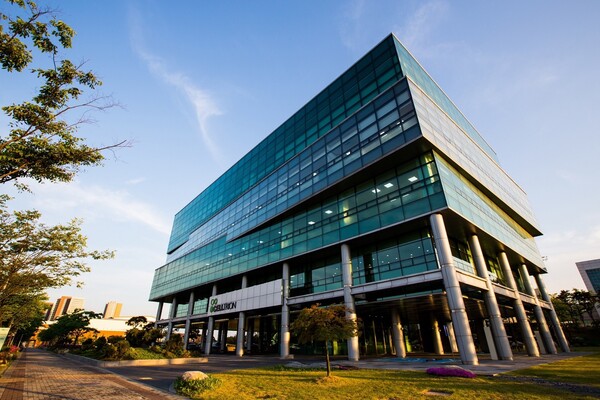Celltrion reported largest second-quarter consolidated earnings, driven by surging global sales of high-margin new products and cost improvements following its merger with Celltrion Healthcare.

The company said its second quarter revenue reached 961.5 billion won ($690.5 million), up 9.9 percent year-on-year, while operating profit jumped 234.5 percent to 242.5 billion won -- both all-time highs for the second quarter.
To signal the strength of its performance, Celltrion announced its preliminary quarterly results about two weeks earlier than in previous years. Final audited results will be released in a later disclosure.
The strong performance was driven by robust demand for Remsima SC (marketed as Zymfentra in the U.S.), a subcutaneous infliximab biosimilar for autoimmune diseases, Yuflyma, an adalimumab biosimilar for rheumatoid arthritis and inflammatory conditions, Vegzelma, a bevacizumab biosimilar used in cancer treatment, and Steqeyma, a ustekinumab biosimilar targeting psoriasis and Crohn’s disease. The share of high-margin products surged to 53 percent of total sales, sharply up from 30 percent a year earlier.
Also, ongoing efforts to lower production costs, including the clearance of high-cost inventories, improved manufacturing yields, and reduced reliance on outsourced active pharmaceutical ingredient production, significantly boosted profitability.
Celltrion said it expects the momentum to accelerate in the second half, with the sequential global launch of four new high-margin products -- Omlyclo (Xolair biosimilar), Eydenzelt (Eylea biosimilar), Stoboclo (Prolia biosimilar), and Osenvelt (Xgeva biosimilar) -- in Europe, the U.S., and other key markets.
Beyond the growing share of high-margin products, Celltrion has steadily improved profitability through cost reduction efforts.
Following its merger with Celltrion Healthcare, the company has rapidly lowered its cost-of-sales ratio, which had temporarily risen.
Key drivers include the sell-off of high-cost inventories prior to the merger, improvements in production yields, higher utilization rates at its third plant, reduced reliance on outsourced active pharmaceutical ingredient production, and the completion of amortization for development costs on existing products.
As a result, the company’s cost-of-sales ratio dropped to around 43 percent in the second quarter, down about 15 percentage points from 58 percent a year ago, and four percentage points lower compared to the previous quarter, significantly boosting profit margins.
“In the second quarter, we achieved record-breaking revenue and operating profit thanks to the expansion of sales centered on high-margin new drugs,” a company official said. “We plan to maintain company-wide efforts to drive further growth, with several global product launches lined up for the second half.”
Related articles
- Celltrion launches Prolia, Xgeva biosimilars in US, turning up heat on Amgen and Sandoz
- Celltrion wins FDA, Health Canada nods for pediatric Stelara biosimilar vial
- Celltrion biosimilars gain dominance in Japanese drug market
- Celltrion’s Rituxan biosimilar wins rare disease nod as Pfizer, Amgen land same-day OKs
- Celltrion and Onconic team up on ovarian cancer combo with dual-target PARP drug
- Celltrion secures EU approval for second Stelara biosimilar Qoyvolma
- Celltrion seeks to acquire US biologics plant to hedge tariff risks, secure US manufacturing base
- Celltrion’s Yuflyma nears top spot in Europe with rapid market share gains
- Celltrion expands footprint in Italy with continued wins for autoimmune and oncology drugs
- Celltrion showcases ADC strategies at analyst event
- Celltrion reports record Q3 quarterly profit on ₩1 tril. sales as new cancer and immunology drugs boost sales

